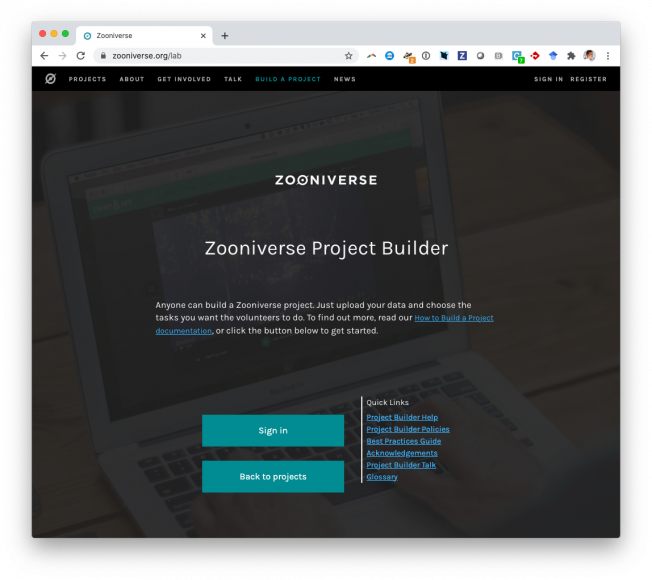Defining and Measuring Success in Online Citizen Science: A Case Study of Zooniverse Projects
Computing in Science and Engineering IEEE 17:4 (2015) 28-41
Abstract:
Although current literature highlights a wide variety of potential citizen science project outcomes, no prior studies have systematically assessed performance against a comprehensive set of criteria. The study reported here is the first to propose a novel framework for assessing citizen science projects against multiple dimensions of success. The authors apply this framework to a sample of projects that form part of the online Zooniverse platform and position these projects against a success matrix that measures both contribution to science and public engagement levels relative to other projects in the sample. Their results indicate that better-performing projects tend to be those that are more established, as well as those in the area of astronomy. Implications for citizen science practitioners include the need to consider the impact of core competencies on project performance, as well as the importance of relationships between the central organization and science teams.From clicks to publications: How the public is changing the way we do research
Proceedings of Science 18-20-October-2015 (2015)
Abstract:
Processing our increasingly large datasets (e.g., image, audio, video, multidimensional data, etc. poses a bottleneck for producing real scientific outcomes. Citizen science-engaging the publi in research-provides a solution, particularly when coupled with machine learning algorithm and sophisticated task allocation and retirement rules. Zooniverse is the most widely used an successful citizen science platform, with almost 1.5 million volunteers worldwide and havin supported over 50 projects across the disciplines (including ecology, archaeology, climate science oncology, physics, astronomy, and the humanities). To date, Zooniverse projects have produce over 100 peer-reviewed publications. Faced with a rapidly growing demand for citizen scienc projects, Zooniverse has launched a new 'Project Builder' interface which allows anyone to buil and maintain their own citizen science project using a set of browser-based tools.Validation of a priori CME arrival predictions made using real‐time heliospheric imager observations
Space Weather American Geophysical Union (AGU) 13:1 (2015) 35-48
Galaxy Zoo: CANDELS barred discs and bar fractions★
Monthly Notices of the Royal Astronomical Society Oxford University Press (OUP) 445:4 (2014) 3466-3474
The Solar Stormwatch CME catalogue: Results from the first space weather citizen science project
Space Weather American Geophysical Union (AGU) 12:12 (2014) 657-674



